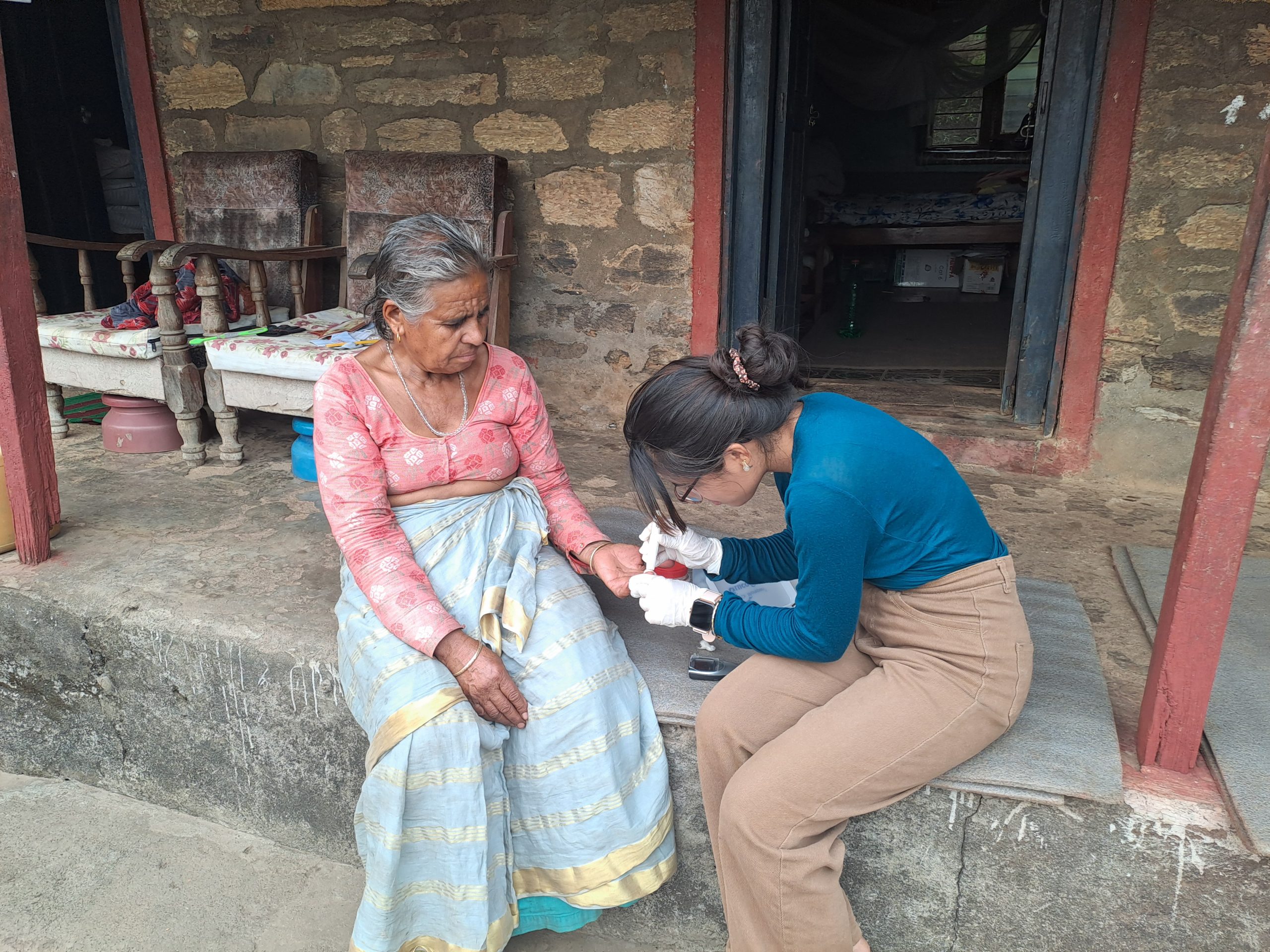Achieving high quality of care will require strong partnerships among federal, state, and local governments.
– KISHORI MAHAT, GHANSHYAM GAUTAM
With a nationwide network of public health facilities and a proliferation of private sector providers, the availability of health services has substantially improved in Nepal over the last couple of decades. However, the quality of the care provided by both the public and private sector is now a major concern. As a result, the general public, the health institutions and individuals doctors are all suffering due to conflicts that have arisen between patients and provider parties. The Constitution of Nepal 2015 indicates that the state has the responsibility to ensure availability of and equal access to high quality health care for all. Therefore, the quality of care is also a key component of the right to health. But do we really understand what quality of care entails?
The World Health Organisation’s (WHO) definition of quality of care is “the extent to which health care services provided to individuals and patient populations improve desired health outcomes. In order to achieve this, health care must be safe, effective, timely, efficient, equitable and people-centred.”
Safe. Delivering health care that minimises risks and harm to service users, including avoiding preventable injuries and reducing medical errors.
Effective. Providing services based on scientific knowledge and evidence-based guidelines.
Timely. Reducing delays in providing and receiving health care.
Efficient. Delivering health care in a manner that maximises resource use and avoids waste.
Equitable. Delivering health care that does not differ in quality according to personal characteristics such as gender, race, ethnicity, geographical location or socio-economic status.
People-centred. Providing care that takes into account the preferences and aspirations of individual service users and the culture of their community.
In the health sector of Nepal, the policy landscape is largely shaped by three documents, the Policy on Quality Assurance in Health Care Services 2007, the National Health Policy 2014, and the Nepal Health Sector Strategy (NHSS) 2015-2020. Building on to the WHO definition of quality of care, the NHSS defines health care of good quality as being “effective, safe, client-centred, timely, equitable, culturally-appropriate, efficient and reliable.” The domain of culturally-appropriate can be taken as a subset of the people-centred domain, and reliable as the subset of the effective domain of the WHO definition.
Ignorance is bliss
The big question today is, do we (patients/clients) consider these aspects when seeking health care? Most of us are so busy and preoccupied with the travails of accessing health care that looking into the quality dimensions of care is simply ignored. Even when we know that the performance of the health care provider or the health care facility is poor, we generally tend to accept it. When the situation deteriorates to the extent that it costs people their lives, then hospitals are vandalised and extreme measures of protest are taken. Such instances can be prevented if patients and clients demand quality of care from the very beginning.
Demand and supply are fundamental factors in shaping the characteristic of the market. If there is little or no demand for quality of health care, or if this demand is not made explicit, then the health facilities and providers will never be compelled to provide good quality of care. If the patients and clients start demanding good quality of care while keeping in mind the domains of quality, the health facilities and providers will start putting an effort into providing these services. As responsible citizens, it is our duty to demand good quality of health care.
As a part of consultations, we should ask the treating doctor or any health worker about the diagnosis. Similarly, as patients, we have the right to know why specific lab tests are suggested and why certain drugs are prescribed. Generally, we find that doctors are too busy and have no time for counselling, but counselling is an integral part of health service delivery. Quite often, the health condition of patients deteriorates just because of a delay in diagnosis or due to an absence of proper communication. Effective communication between health workers and patients can help providers get a detailed history of the patients that will help in diagnosis and treatment. On the other hand, proper counselling by providers helps patients understand the problem and the treatment procedures planned so that they can effectively cope with the problems and seek follow up services as required.
Changing positions
Nepal is undergoing an interesting transition from the unitary system to a decentralised, federal form of government. The state is now structured at three levels—federal, provincial/state and local. In this regard, the health sector is also devolved and the role of the Ministry of Health (MoH) has changed too. The MoH used to be the main mechanism in setting priorities and allocating resources to districts, however now it is limited to developing policies and regulations, and monitoring. In the federal context, local levels could play a critical role for the effective implementation of standards in order to ensure quality of care.
There are some areas where the federal government could play a major role in ensuring health care quality and safety in various ways: (1) provide health care, (2) purchase health care on the behalf of the population, such as through health insurance, while ensuring access to quality care particularly for vulnerable populations, (4) regulate health care markets, (5) support acquisition of new knowledge in the health sector, (6) develop and evaluate health technologies and practices, (7) monitor health care quality, (8) inform health care decision makers, (9) develop the health care workforce, and (10) convene stakeholders from across the health care system.
The experience also reveals that the state and local governments could be better positioned to address certain areas better than the federal government like licensing of hospitals, recertification of medical professionals, setting minimum standards of care and other regulations to reduce medical errors, and improve health care quality in health care facilities under their purview. Therefore, achieving the ultimate goal of high quality of care will require strong partnerships among federal, state, and local governments. It is equally important for each level of government to regulate the ever growing private sector and build effective partnerships to improve access to quality of health care.
Therefore, utilising the opportunity of federalism in improving quality of care while realising individuals’ responsibilities is important. The quality of health services is also critical in achieving effective universal health coverage and meeting the health-related Sustainable Development Goals.
Gautam and Mahat are affiliated to Herd international, a research and development agency.
This blog was originally published in the op-ed page of The Kathmandu Post on 12 December 201











Comments (0)
No comments found.